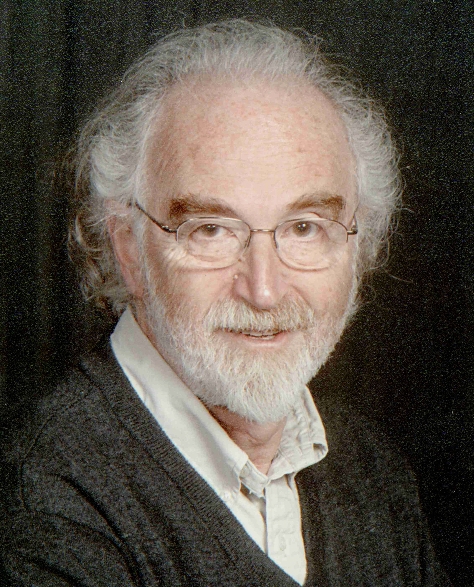- Batteries Made from Water (2012) [Updated 1 decade ago]
- The Secret Life of Water: E = H2O (2011) [Updated 1 decade ago]
- Mechanism of Attraction between Like-charged Particles in Aqueous Solution (2009) [Updated 7 years ago]
- Batteries Made from Water (2012) [Updated 1 decade ago]
This paper largely comprises a draft chapter of my forthcoming book, The Fourth Phase of Water: Beyond Solid, Liquid and Vapor (Ebner and Sons, 2012). I preface it by providing some background.
School children learn that water has three phases: solid, liquid and vapor. But we recently uncovered what appears to be a fourth phase. This phase occurs next to water-loving (hydrophilic) surfaces. It is surprisingly extensive, projecting out from the hydrophilic surface by up to millions of molecular layers. A principal attribute of this phase is that it excludes particles and solutes because of its liquid crystalline nature. We have therefore labeled this phase the ?exclusion zone? or EZ for short. Of particular significance is the observation that the EZ is charged; and, the water just beyond is oppositely charged. This creates a battery that can produce current. We found that light recharges this battery. Thus, water can receive and process electromagnetic energy drawn from the environment ? much like plants. The material below outlines the evidence that water acts as a battery.
- The Secret Life of Water: E = H2O (2011) [Updated 1 decade ago]
School children learn that water has three phases: solid, liquid and vapor. But we have recently uncovered what appears to be a fourth phase. This phase occurs next to water-loving (hydrophilic) surfaces. It is surprisingly extensive, projecting out from the surface by up to millions of molecular layers.
Of particular significance is the observation that this fourth phase is charged; and, the water just beyond is oppositely charged, creating a battery that can produce current. We found that light recharges this battery. Thus, water can receive and process electromagnetic energy drawn from the environment ? much like plants. The absorbed light energy can then be exploited for performing work, including electrical and mechanical work. Recent experiments confirm the reality of such energy conversion.
The energy-conversion framework implied above seems rich with implication. Not only does it provide an understanding of how water processes solar and other energies, but also it may provide a foundation for simpler understanding natural phenomena ranging from weather and green energy all the way to biological issues such as the origin of life, transport, and osmosis.
The lecture will present evidence for the presence of this novel phase of water, and will consider the potentially broad implications of this phase for physics, chemistry and biology, as well as some practical applications for engineering (all in one hour!).
- Mechanism of Attraction between Like-charged Particles in Aqueous Solution (2009) [Updated 7 years ago]
Soft Matter 5: 3850-3857 (2009). Although it has been long known that like-charged particles attract one another in aqueous media, the mechanism underlying this counter-intuitive phenomenon has remained controversial. We tested the hypothesis put forth long ago by Langmuir and again by Feynman and by Ise, that the attraction between like-charged entities lies in an intermediate of unlike charges. Tests were facilitated by the observation that the attractive forces could be confirmed between widely separated particles of macroscopic size. Two approaches showed comparable results. In the first, pH-sensitive dyes showed intermediate zones of opposite charge: an accumulation of protons was found between negatively charged spheres, whereas between positively charged spheres the intermediate zone contained OH- groups. In the second and complementary approach, microelectrode measurements showed that in between negatively charged spheres, the electrical potential was relatively positive, whereas between positively charged spheres it was relatively negative. Hence, both approaches confirm theoretical expectations. The large number of unlike charges lying in between the like-charged spheres may come from the build-up of the recently reported ??exclusion zone?? surrounding each particle.



